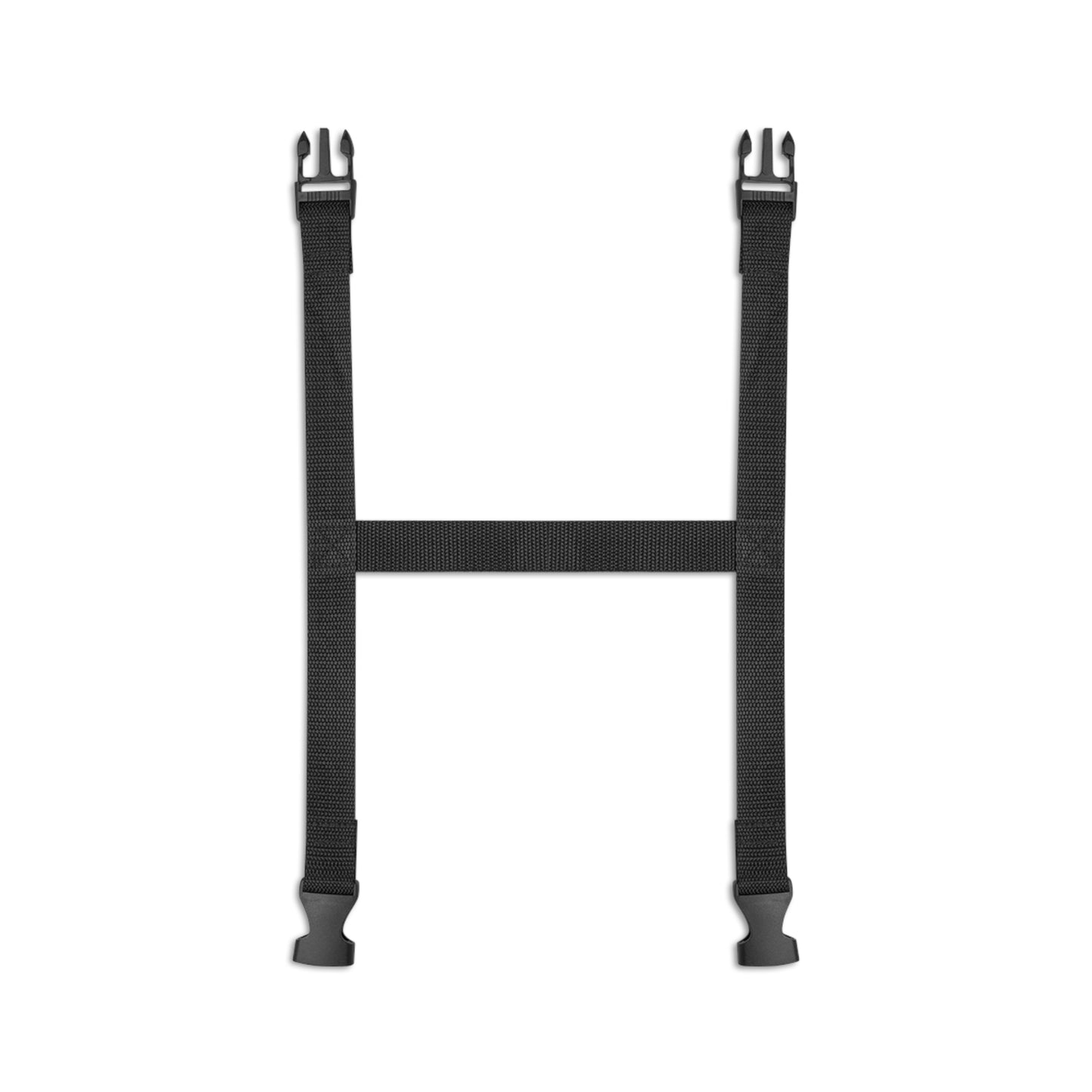Get 10%OFF your FIRST purchase when you SUBSCRIBE!
Picnic Blanket | Fuchsia & Black RevelMates Design
Picnic Blanket | Fuchsia & Black RevelMates Design
No se pudo cargar la disponibilidad de retiro
This blanket is perfect for a lovely picnic or a day at the stadium watching your favorite team. It is made of 100% soft mink polyester on the top and has water-resistant oxford cloth underneath. You can take it along with you for any excursion, and it comes with a buckled carrying strap included.
👣 One size: 61" × 51" (155cm × 129.5cm )
👣 Black carrying strap with buckles
👣 Materials: 100% polyester fleece front. 100% black water-resistant oxford-cloth back
100% Polyester Fleece
This extremely strong and durable synthetic fabric retains its shape and dries quickly.
Vibrant colors
The latest printing techniques provide bright and crisp colors.
Soft to touch
Super soft and comfortable front side.
Flat folded edge
The product is sewn around the edges, making it durable and long-lasting in black color.
Care instructions: Machine wash separately: cold (max 30C or 90F), gentle cycle; Do not bleach; Tumble dry: low heat; Do not iron; Do not dryclean.
Please Note
Please Note
• For DTG (direct-to-garment printing method) products, there is a tolerance of 0.5" (1-1.5cm) for print placement, meaning that minor variations in the placement of the print will not be considered as defects.
• A faint odor is a natural occurrence in the DTG printing industry. Typically, the odor will disappear after the first wash.
• Due to differences in monitor screens, colors may appear slightly different in print than what you see on your screen.
• The same design can appear different after printing on two different products. This largely depends on the material printed. For example, one t-shirt style may have awesome ink absorption, resulting in a sharp-looking finish. However, that same design on another product (maybe a thick hoodie) might appear less intense (DTG prints on blended fabric will look less crisp than on a 100% cotton material). This discrepancy can be due to the fabric used (cotton, polyester, rayon, blend, etc.), the thickness of the cloth, differences in dying technologies/processes, and other factors.










